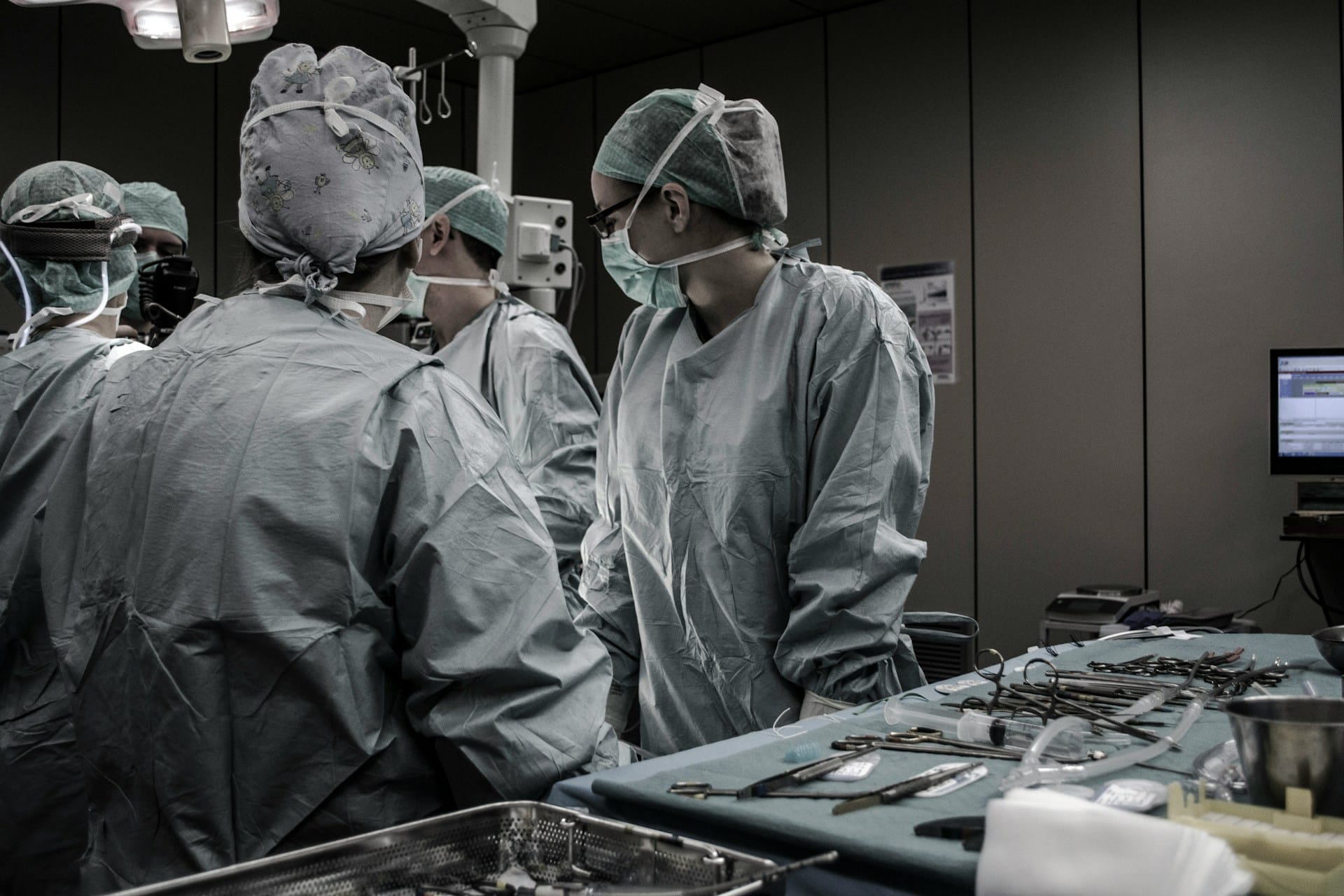As the healthcare sector continues to evolve, the integration of robotics into medical services has become increasingly significant. Robots are not just the stuff of science fiction anymore; they have become vital tools in delivering better care, improving surgical outcomes, and assisting healthcare professionals. With the advent of artificial intelligence and advanced technologies, robotic systems are transforming the landscape of the healthcare industry, offering a blend of efficiency, precision, and innovation. This article delves into the multiple dimensions in which robotics enhances healthcare services, from providing assistance to healthcare workers to performing complex surgeries.
The Advent of Medical Robots
In recent years, the medical community has seen an influx of robots designed to aid in patient care and streamline healthcare operations. What was once a futuristic fantasy is now a tangible reality, as robotic systems are being deployed across various facets of healthcare, improving both patient and healthcare worker experiences.
A voir aussi : What are the opportunities and risks of ai in the financial services industry?
Medical robots come in numerous forms, ranging from surgical robots that perform intricate procedures with high precision to socially assistive robots that help with patient rehabilitation and companionship. These advancements are not solely for patient interaction; they also serve to assist in the handling of medical data, sanitization of hospital environments, and the management of medication dispensation. The purpose of medical robots is to complement the skills of healthcare professionals, not replace them, enhancing their capabilities to deliver superior care.
Furthermore, the data collected by these robots through patient interactions and surgical procedures can lead to better healthcare practices and improved patient outcomes. The healthcare industry is beginning to recognize the vast potential of robotics in transforming the way care is provided.
A découvrir également : How can drones revolutionize urban infrastructure maintenance?
Robotics in Surgical Procedures
Perhaps the most heralded application of robots in healthcare is in the field of robotic surgery. These surgical systems drastically alter the landscape of operating rooms by providing unparalleled precision, reducing human error, and minimizing patient recovery time.
Surgical robots, such as the da Vinci Surgical System, use minimally invasive techniques that allow surgeons to perform complex procedures through tiny incisions. The surgeon controls the robotic system, which translates their hand movements into smaller, more precise movements of tiny instruments inside the patient’s body. This technology has revolutionized surgeries by improving accuracy, minimizing blood loss, and reducing the likelihood of infection, leading to better patient outcomes.
Moreover, robotic surgery systems can store data from operations, which can be used for medical research and to refine surgical techniques. The continuous improvement of these systems ensures that surgeries are becoming safer and more effective as time goes by. As a result, patients can have greater confidence in the care they receive and can expect a faster return to their daily lives post-surgery.
Support for Healthcare Workers
Healthcare workers are the backbone of patient care, often working long hours and performing tasks that can be physically and emotionally demanding. Robotics in healthcare offers much-needed support to these professionals, reducing their workload and providing tools that enhance their ability to care for patients.
Robots can handle repetitive and mundane tasks that are time-consuming for humans, such as dispensing medication, transporting supplies, and even disinfecting rooms. By doing so, they free up healthcare workers to focus on more critical aspects of patient care that require human intelligence and empathy.
Additionally, robotic systems can be employed for patient monitoring, alerting healthcare professionals to changes in a patient’s condition that may require immediate attention. This level of constant vigilance can improve patient outcomes and potentially save lives by enabling quicker responses to medical emergencies.
The use of robotics also contributes to the well-being of healthcare professionals themselves. By reducing their physical burden and the stress associated with high workloads, robots can help to prevent burnout among healthcare workers, ensuring that they can offer their best to the patients in their care.
Robotics Amidst the COVID Pandemic
The COVID pandemic has tested the limits of healthcare systems worldwide. In these challenging times, robotics has played a crucial role in managing the crisis by supporting overburdened healthcare facilities and personnel.
Robots have been deployed in hospitals to perform disinfection, reducing the risk of virus transmission. They have also been utilized for delivering food and medication to patients in isolation, limiting human contact and protecting healthcare workers from potential infection. In certain contexts, robots have even been used to facilitate remote communication between patients and their families, providing emotional support during periods of restricted visitation.
In addition to these frontline applications, robotics has been instrumental in data collection and analysis, contributing to the understanding of the virus and informing public health decisions. As the pandemic has accelerated the adoption of robotic technologies in healthcare, these innovations are likely to remain integral to the healthcare sector even after the crisis abates.
Access to Robotic Healthcare Research
Staying informed about the latest developments in robotic healthcare is essential for medical professionals and scholars alike. Resources such as PubMed, Google Scholar, and PMC Free offer a wealth of information on the subject, providing access to the latest articles, research papers, and case studies.
These platforms allow healthcare professionals to stay abreast of new technologies, surgical procedures, and patient care methodologies, furthering their education and enhancing their practices. With the ability to search for free articles on robotic systems in healthcare, these databases are invaluable for those looking to dive deeper into the subject and explore the potential applications of robotics in their own fields.
The access to such a breadth of knowledge empowers healthcare professionals to make evidence-based decisions when integrating robotics into their services, ensuring that they are utilizing the best possible solutions for their patients.
Conclusion
The role of robotics in enhancing healthcare services is multifaceted and transformative. From medical robots that assist in surgeries and patient care to systems that support the daily tasks of healthcare workers, robotics is elevating the standard of care provided to patients. During times of crisis, such as the COVID pandemic, robots have proven to be invaluable assets in managing healthcare challenges.
For healthcare professionals and scholars, staying informed on the advancements in robotic technologies is critical. Through resources such as PubMed, Google Scholar, and PMC Free, the latest research and information are readily accessible, offering insights into how robotics can further improve healthcare services.
As we look to the future, it is increasingly clear that robotics will continue to play a pivotal role in the healthcare sector. As these technologies evolve, they offer the promise of even greater advancements in patient care, surgical precision, and support for healthcare workers. Robotics is not just a supplementary tool but a driving force behind a new era of medical excellence.











